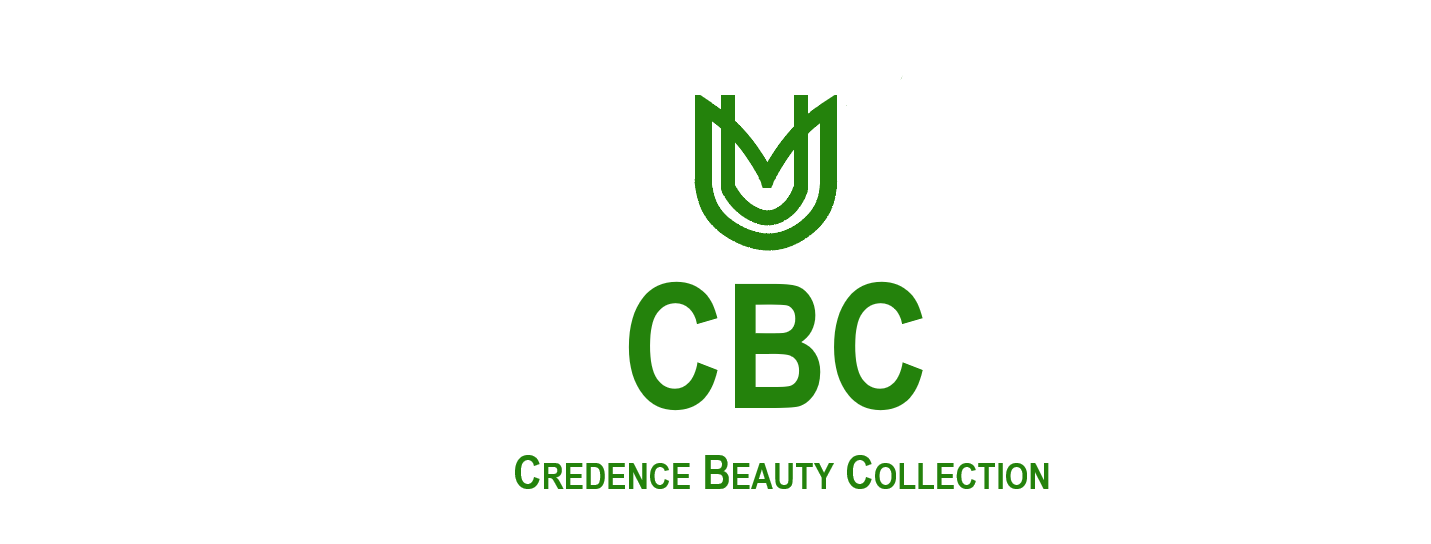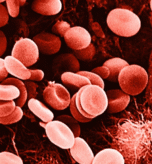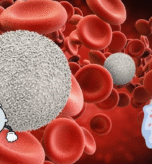Beauty trends have been a part of human culture for thousands of years, with each era having its own unique standards and practices. From ancient civilizations to modern times, beauty trends have evolved significantly, reflecting the social, cultural, and economic values of their respective periods. In this article, we’ll take a journey through time and explore some of the most fascinating historical beauty trends.
Ancient Civilizations (3000 BCE – 500 CE)
In ancient Egypt, beauty was closely tied to spirituality and social status. Egyptians used kohl eyeliner, made from galena (a lead-based ore), to protect their eyes from the sun and evil spirits. They also used malachite, a green mineral, as eye shadow and henna to dye their hair and lips. Cleopatra, the legendary queen, was known for her elaborate beauty routines, which included bathing in donkey milk to soften her skin.
In ancient Greece and Rome, beauty was associated with youth, fitness, and moral character. Women used crushed mulberries as rouge, while men and women alike used olive oil and beeswax to moisturize and style their hair. The Greeks and Romans also valued a pale complexion, which symbolized wealth and status.
The Middle Ages (500 – 1500 CE)
During the Middle Ages, beauty standards were heavily influenced by the Church. Pale skin was still prized, but now it symbolized piety and modesty. Women used ceruse, a mixture of white lead and vinegar, to achieve a pale complexion, often at the cost of lead poisoning. Eyebrows were considered a distraction and were often shaved or plucked.
The Renaissance (1500 – 1700 CE)
The Renaissance saw a resurgence of interest in classical beauty standards. Women used ceruse to whiten their skin, while men and women alike used perfumes and fragrances to mask body odor. Hair was styled in elaborate designs, often adorned with jewels and feathers. Queen Elizabeth I of England was known for her iconic hairstyles, which were often styled high on her head and adorned with pearls.
The 18th and 19th Centuries (1700 – 1900 CE)
The 18th century saw the rise of the Enlightenment, which emphasized reason and individualism. Beauty standards reflected this shift, with a focus on natural beauty and minimal makeup. Women used rosewater and face powder to achieve a subtle, natural look.
In the 19th century, the Industrial Revolution brought about significant changes in beauty standards. With the rise of mass production and advertising, beauty products became more widely available, and women’s magazines began to feature beauty tips and product reviews. The Victorian era’s beauty standards emphasized modesty and restraint, with women covering their bodies and faces in public.
The 20th Century (1900 – 2000 CE)
The 20th century saw a revolution in beauty trends, with the rise of Hollywood and the film industry. Movie stars like Greta Garbo and Marlene Dietrich became beauty icons, influencing women’s hairstyles, makeup, and fashion.
The 1920s saw the rise of the “bobbed” hairstyle, popularized by flappers like Louise Brooks. The 1950s emphasized feminine curves and glamour, with women using girdles and corsets to achieve a pin-up girl figure. The 1960s saw a shift towards natural beauty, with the rise of the hippie movement and a focus on organic and holistic living.
Modern Beauty Trends (2000 CE – present)
In the 21st century, beauty trends have become more diverse and global. Social media has played a significant role in shaping beauty standards, with influencers and celebrities showcasing their favorite products and routines.
The rise of the “natural” and “clean” beauty movements has led to a focus on sustainable, eco-friendly products and minimal makeup. The “glass skin” trend, popularized by Korean beauty standards, emphasizes smooth, luminous skin achieved through rigorous skincare routines.
Conclusion
Beauty trends have come a long way, reflecting the social, cultural, and economic values of their respective periods. From ancient civilizations to modern times, beauty has been a reflection of human creativity, innovation, and self-expression. As we look to the future, it’s exciting to think about what new beauty trends will emerge, and how they’ll reflect our changing values and priorities.



